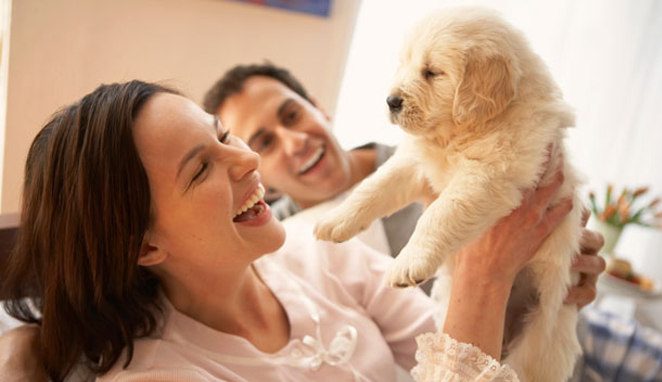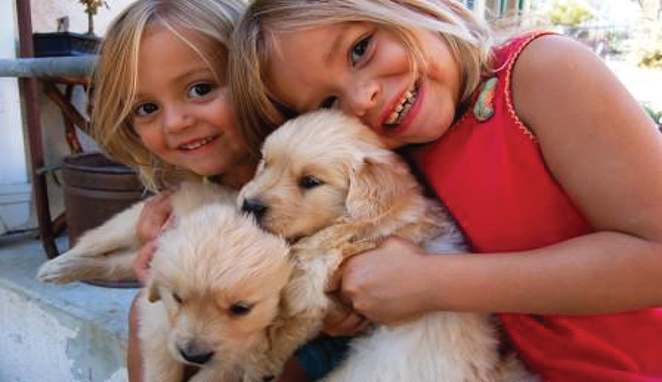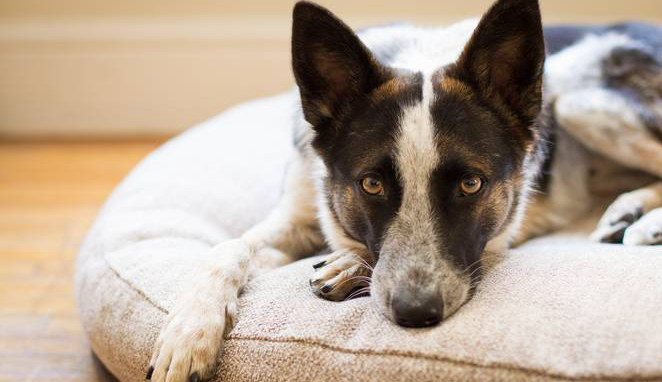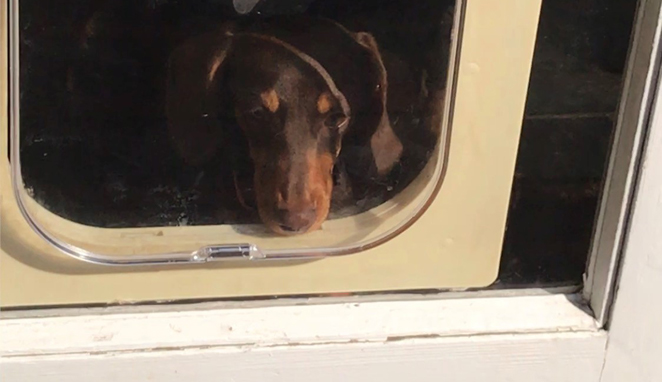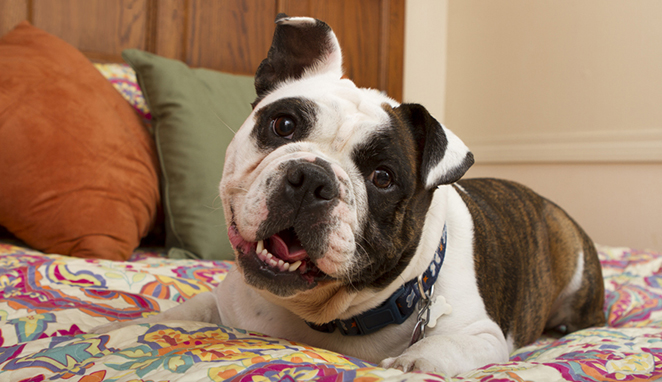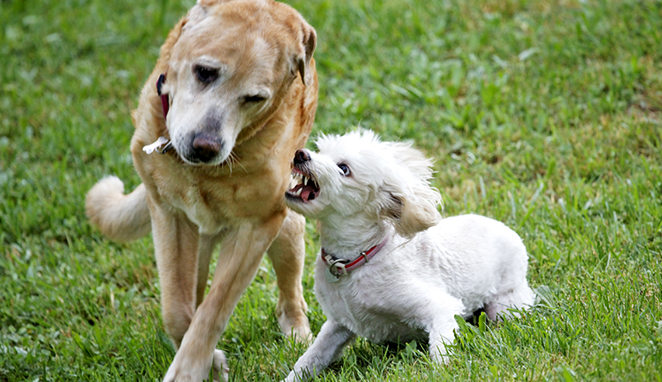THE FIRST 5 THINGS THAT NEW PUPPY PARENTS SHOULD KNOW
Puppies easily win over our hearts in a single beat, and you are without a doubt totally in love with your new puppy. However, issues that are perhaps only small now tend to grow bigger along with the dog. It is much fairer to the dog and easier for you, if you teach your puppy good manners from the start, rather than correcting bad behaviour later on.


